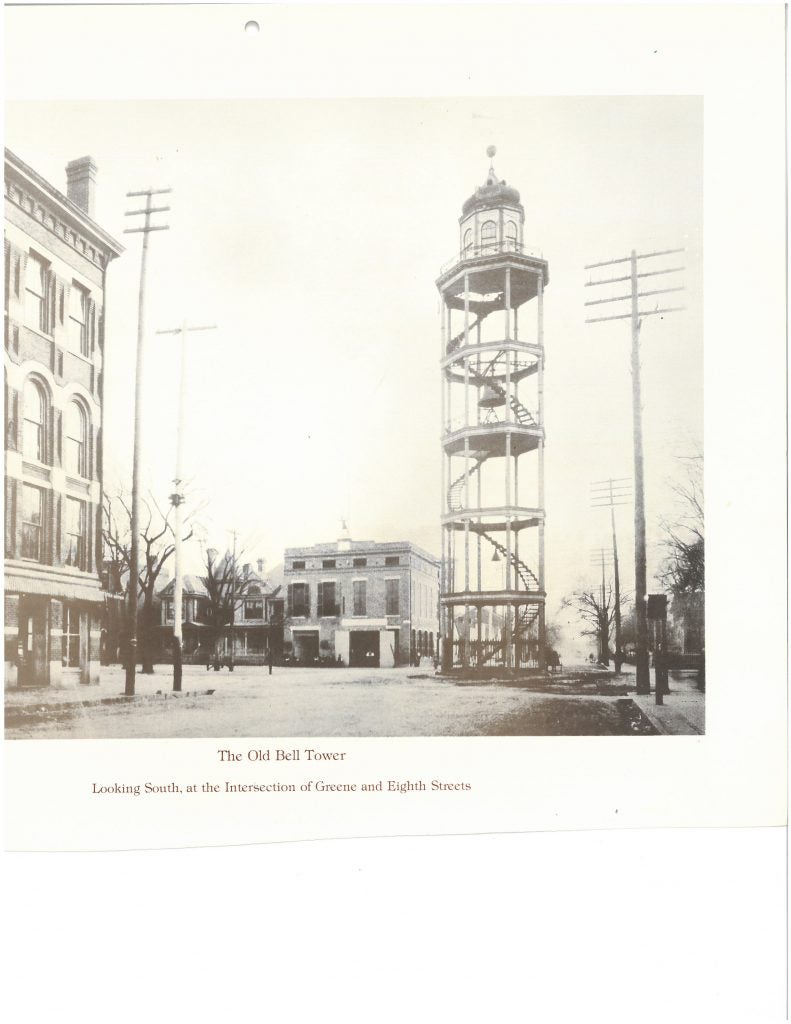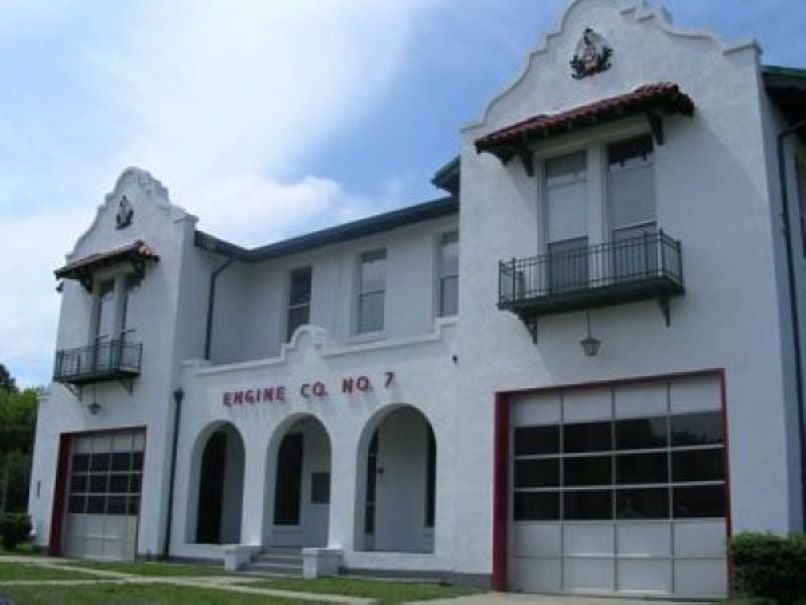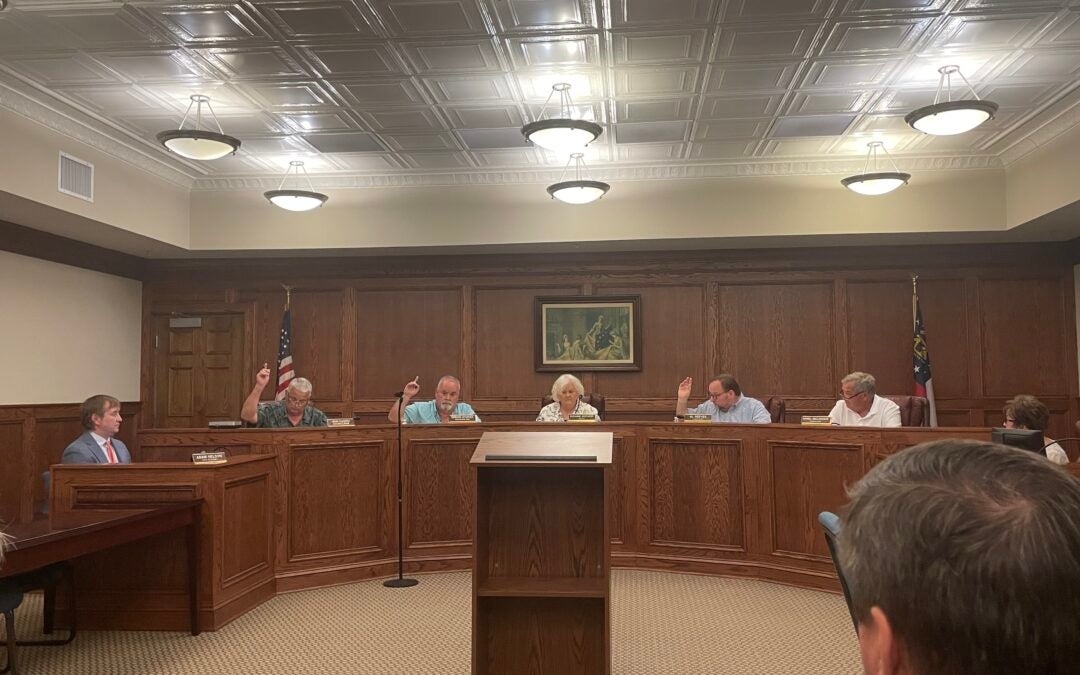Nestled on its own little island between Central Avenue and Kings Way sits a Spanish Colonial Revival building that seems quaintly out of place.
However, the giant garage doors on the building at 2163 Central Ave., reveal its intended purpose: it was once Augusta’s state-of-the-art Engine Company 7.
Built in 1914, the fire station was the first in Augusta to house motor-driven fire engines.
MORE: Columbia County School District holds first two millage rate hearings
At the dawn of the 20th century, firefighting had not changed much from the previous century. From 1860 to 1894, the only measure Augusta had to battle fires was a large bell tower, named “Big Steve,” at the intersection of Eighth and Greene streets where a volunteer would sit, keep watch and ring the bells if he spotted smoke.
Augusta would begin to assemble a paid fire department around 1888, but prior to that, firefighting was a volunteer, community effort. Most people had personalized leather “fire buckets” on hand should they need to join a bucket brigade.
According to Curator Tim Winkle of the Smithsonian’s National Museum of American History, early firefighting was less about fighting the fire and more about rescuing people and their belongings before the building became completely engulfed.
Volunteers would carry out everything of value they could rescue and would use a specially designed “bed key” that would allow them to quickly disassemble a bed frame and retrieve it from the flames.
Even once the hand-pumped fire wagon was invented, firefighting methods changed little, as the pump was generally used to hose down adjoining buildings to slow or stop the spread, according to Wrinkle.
Old Engine Company 7’s grand opening in 1915 was a big deal in Augusta. According to Historic Augusta, the company operated a brand-new Seagrave Motor triple pump and a Seagrave Motor combination hook and ladder truck.

The Seagrave triple pump fire engine was a marvel of its time. It could develop an astounding 96 horsepower and cost roughly $12,000. In comparison, a 1915 Ford Model T Runabout made less than 20 horsepower and cost $395.
According to Jason DeHart, spokesman for the Richmond County Fire Department, the location of Old Fire Engine Company 7 was carefully chosen so that the new motorized fire engines could get to any area of town in a matter of minutes when needed.
Old Fire Engine Company 7 would face its greatest challenge barely a year after it opened when, in March 1916, an unattended electrical iron in the Dyer Building located at (now) Eighth and Broad streets sparked a fire that quickly spread from building to building and block to block.
The fire, whipped up by a strong wind, overwhelmed the fire fighters, and not even the mighty Seagrave triple pump could not slow the flames. Despite the efforts of hundreds of firefighters from all over the region, including men from Charleston and Savannah, the fire destroyed 26 blocks; but incredibly, no one was killed.
Over time, Old Engine Company 7 became obsolete and hasn’t been in use as a working facility for decades. While the Richmond County Fire Department still owns and maintains the building, according to DeHart, it is primarily used for storage.
DeHart says in the early 2000s, a group attempted to purchase the building and turn it into a museum; however, talks with the city broke down, and the museum idea was scrapped.
The building remains on Historic Augusta Inc.’s endangered properties list and the organization hopes eventually a new use can be found in the future.
While the building’s location was once perfect, it isn’t so much so any longer. Being sandwiched in between two streets, parking would be an issue for any commercial operation such as a restaurant or bar, and the giant garage doors would be problematic for anyone wanting to create loft apartments while maintaining the historic facades.
However, the city has put the building up for sale in the hopes that someone might find a renewed purpose for the historic structure.
And that is something you might not have known.
Scott Hudson is the senior reporter for The Augusta Press. Reach him at scott@theaugustapress.com









